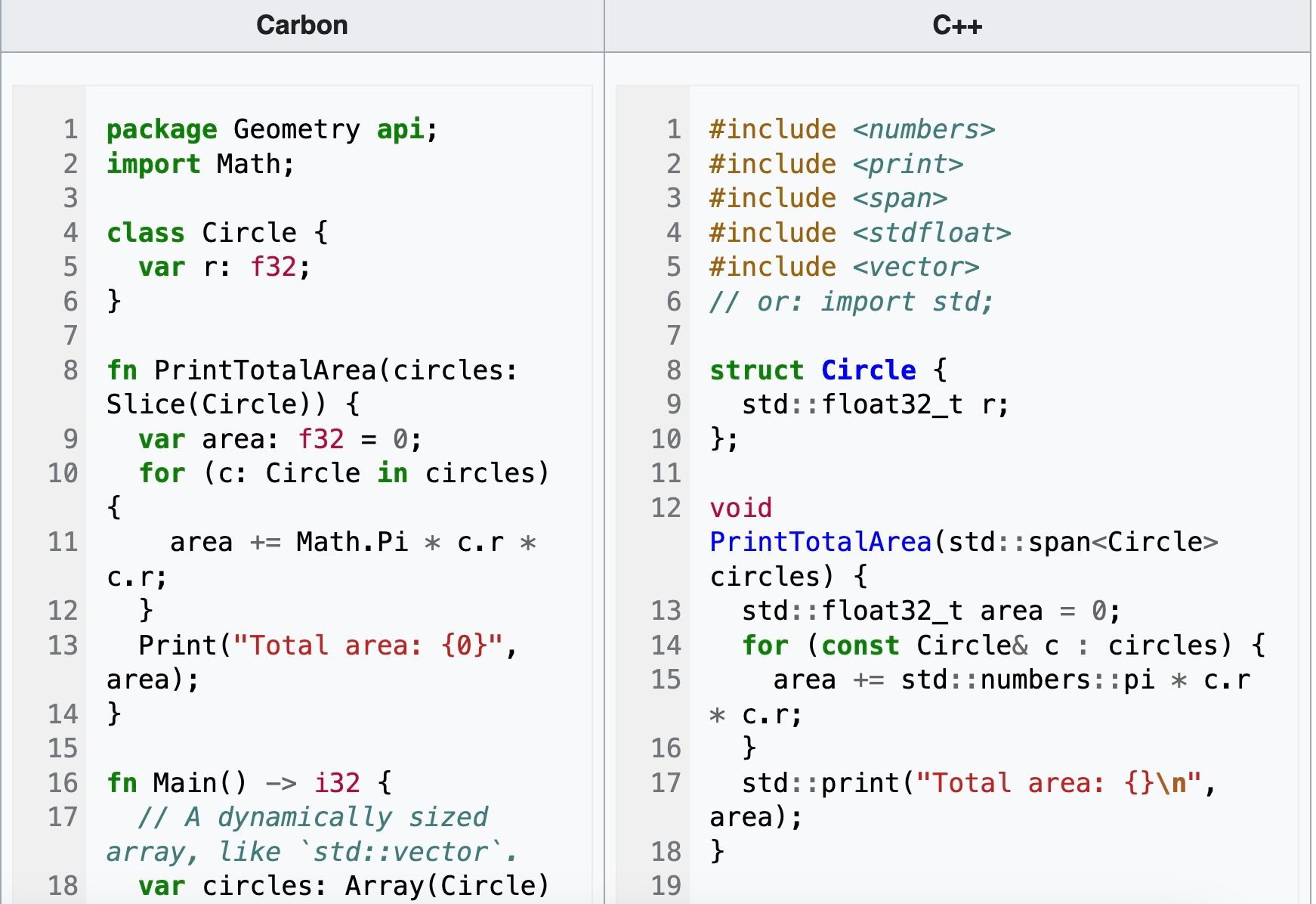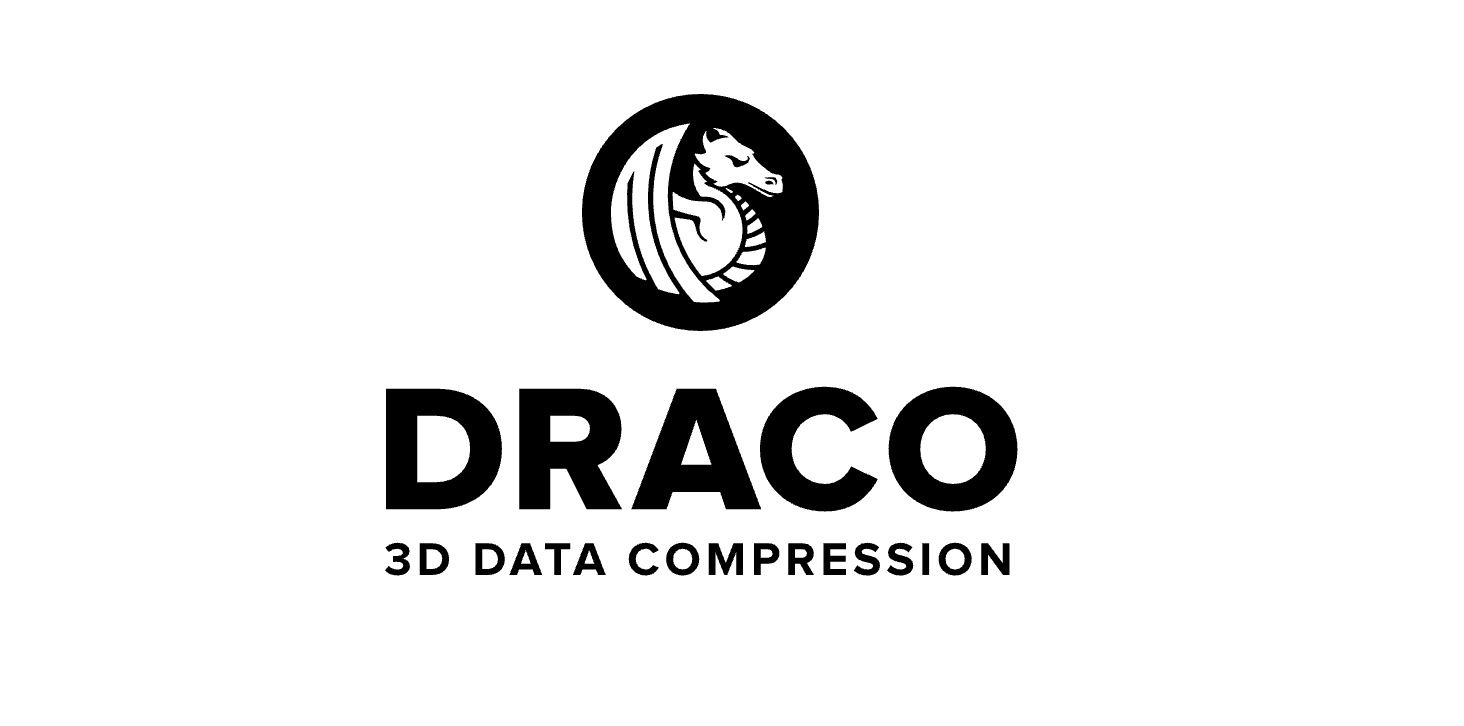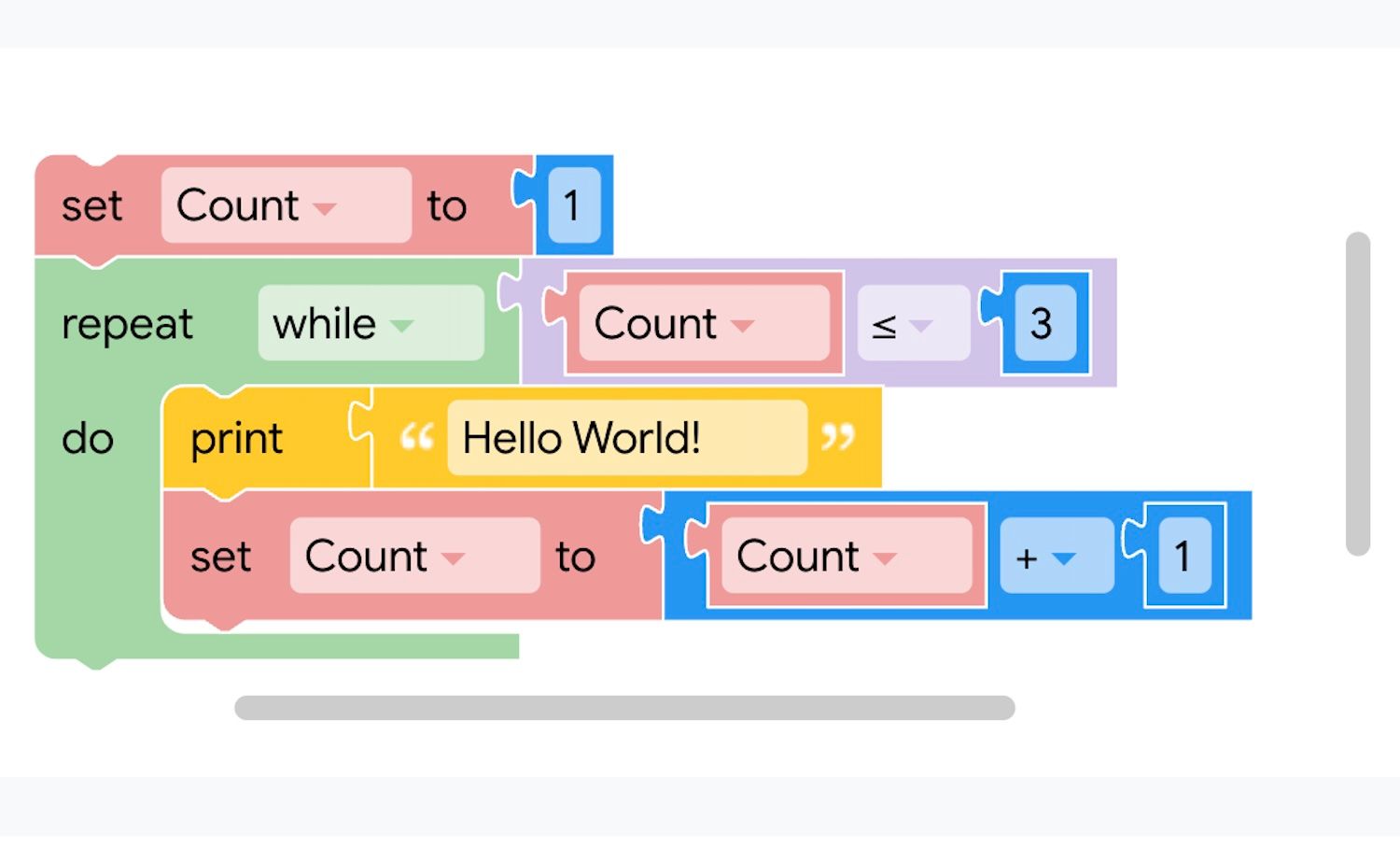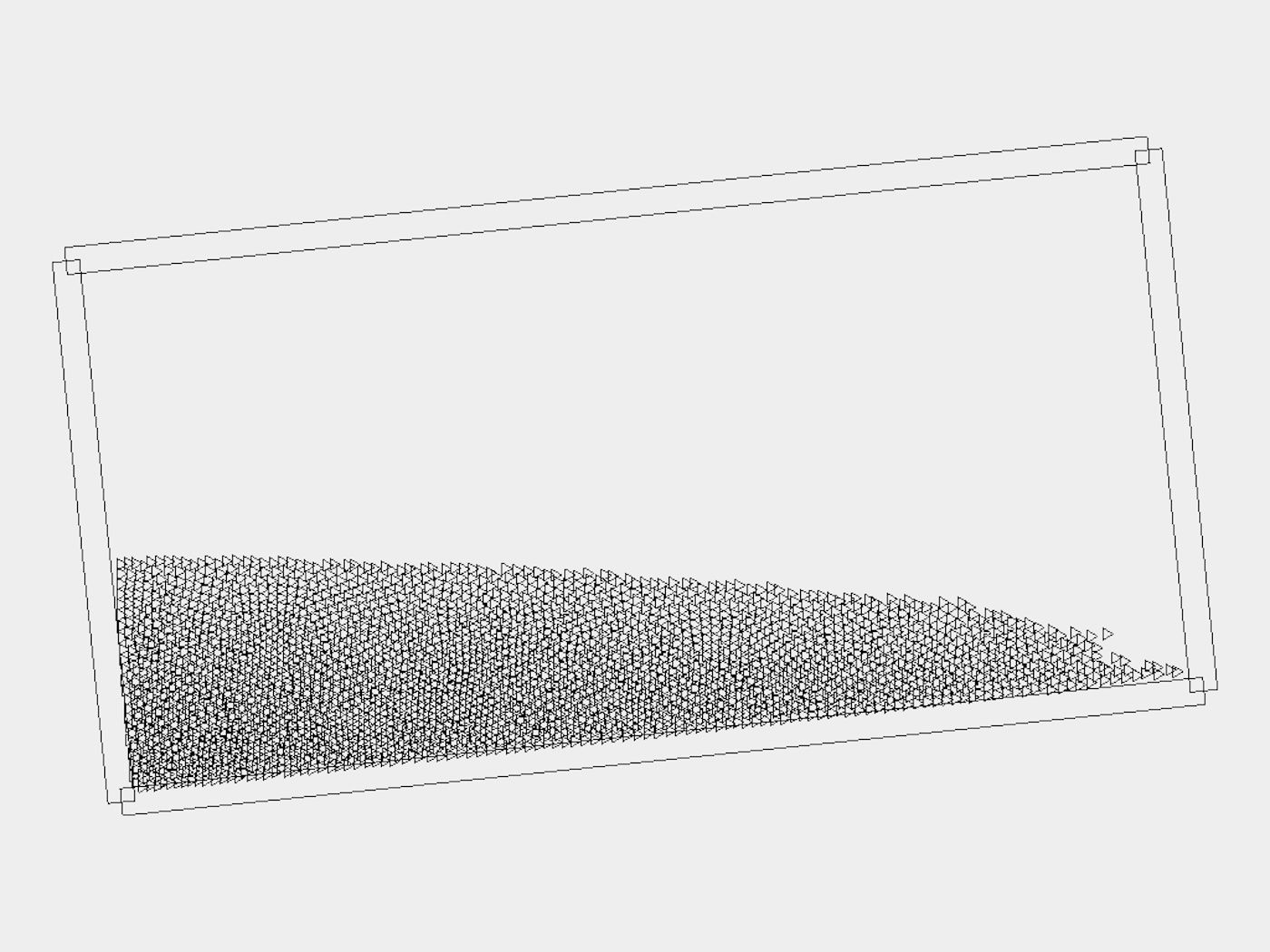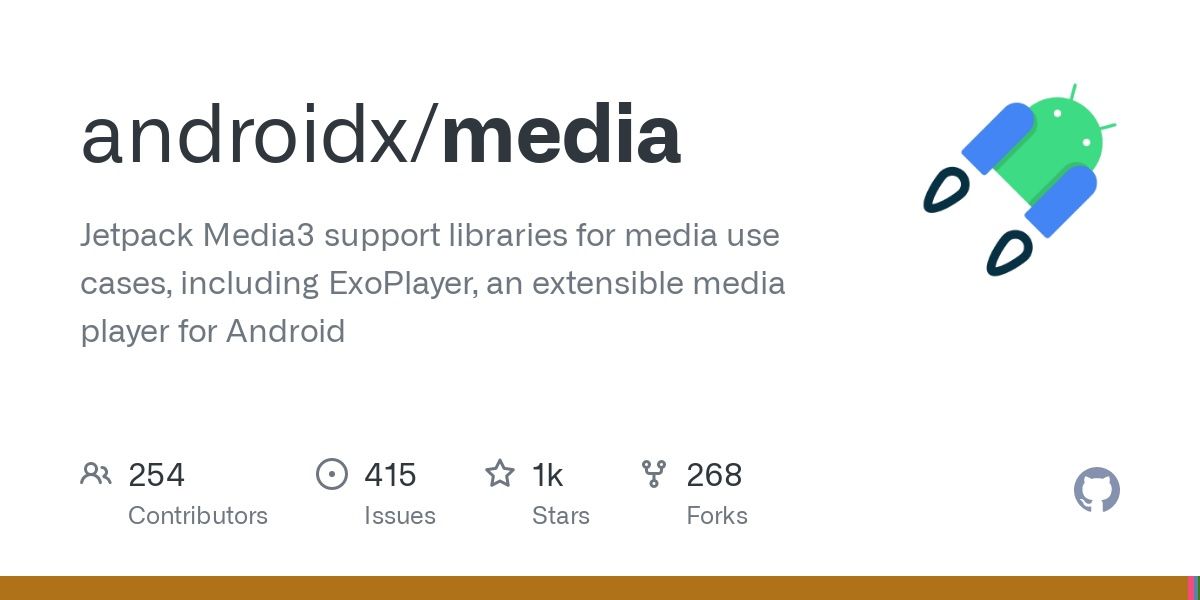Google has always been a champion of open source software. Chromium, which powers the Chrome browser, and the Android operating system are perfect examples of Google’s massive contributions to open source projects. But the company has many more projects in production, most of which nobody has heard of. Some of these will probably never see the light of day, but sometimes one works out and becomes a part of our digital lives. So, let’s take a look at six of Google’s more interesting open source projects that you may not have heard of.
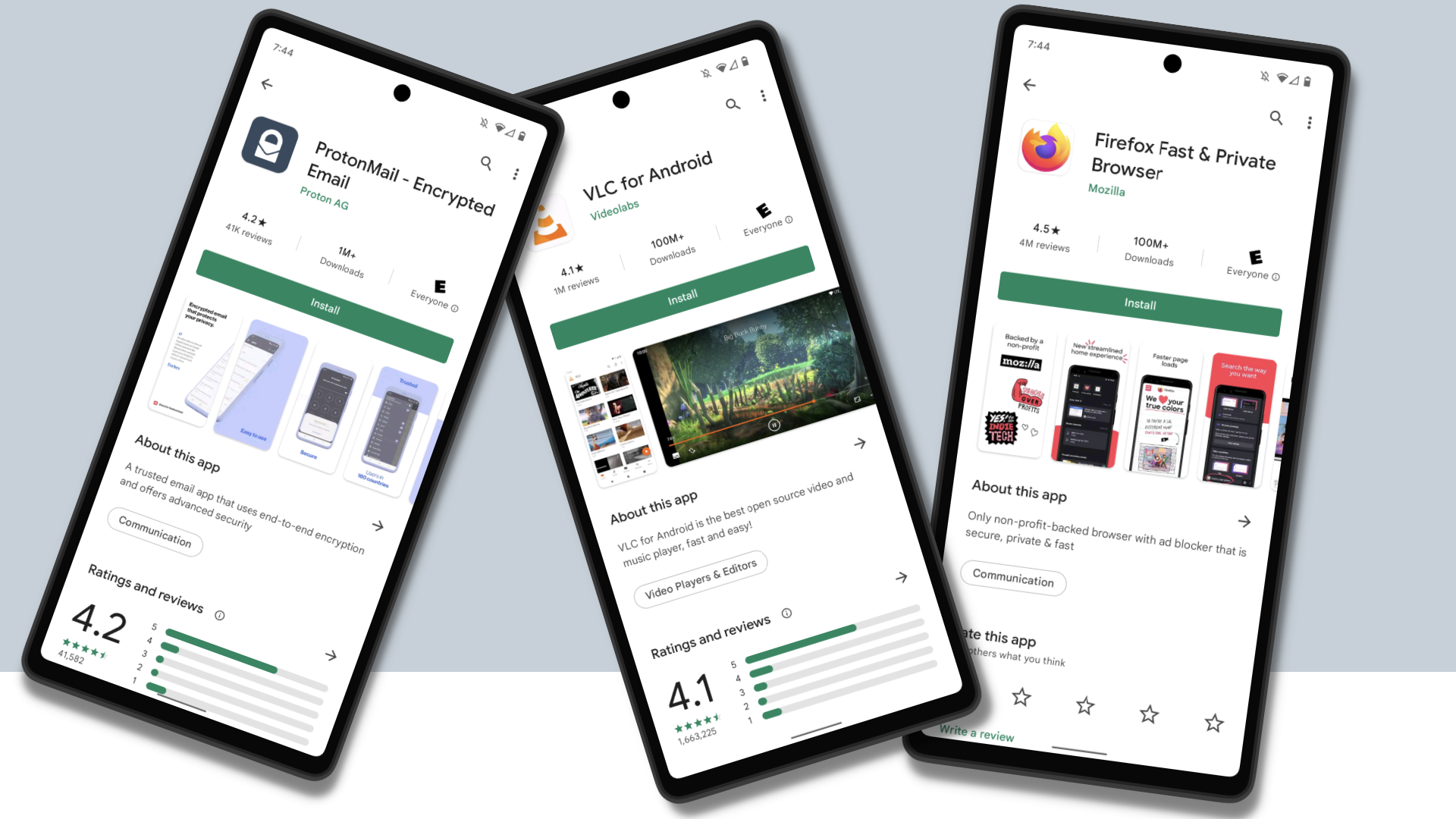
15 best free open source apps on Android in 2024
Dig into the best open source alternatives to your favorite apps to gain freedom
1 Carbon
The C++ successor in the making
C++ is a powerful programming language that has been a cornerstone of software development for decades. As software becomes more complex, the language’s age is beginning to show. Enter Google’s attempt to replace it with a more modern programming language, called Carbon.
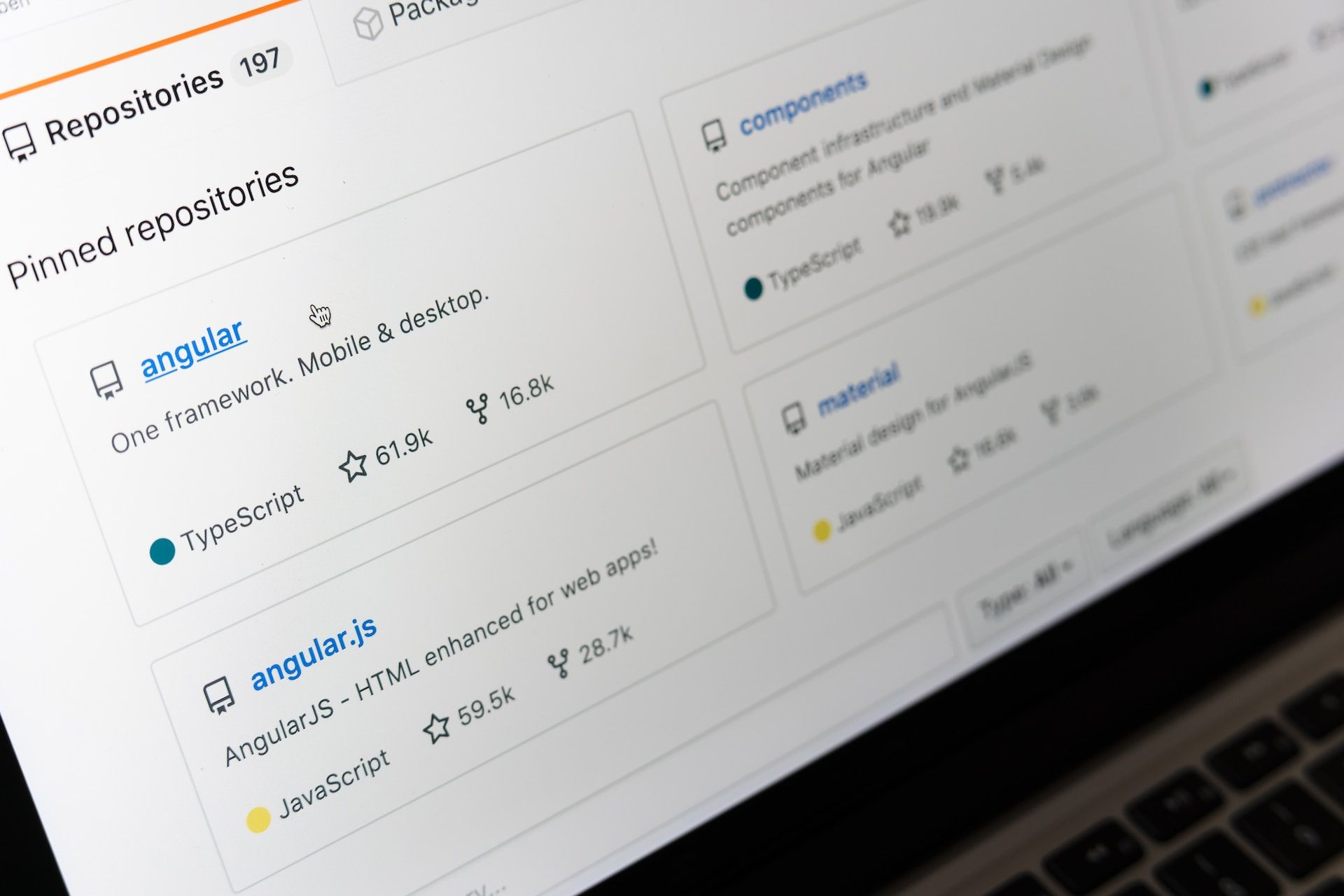
What is GitHub: Everything a beginner developer needs to know
Learn all about the coding playground where everyone’s invited
Carbon is a Google-backed open source project found on GitHub. It is being designed for interoperability with C++ so that programs built with the older language will still be usable.
Advantages
-
Readability and user-friendliness:
Carbon uses clear syntax and logical language. -
Gentle learning curve:
Carbon is designed to be easy for veteran C++ programmers to quickly pick up and use. -
Speed:
C++ is fast, and Carbon promises to be even faster.
2 Pigweed
A framework for tiny devices
Small and powerful devices comprise most of the Internet of Things (IoT). Google is creating Pigweed to provide a versatile framework that can help streamline their development. It’s a collection of libraries and tools and serves as a foundation for anything that depends on microcontrollers (tiny computers inside our smallest gadgets).
Advantages
-
Modular design:
Mix-and-match pre-built components to suit your specific needs. -
Cross-platform:
Pigweed works on a wide range of microcontrollers and operating systems. -
Reliability:
Google is creating robust code that is tested for dependability.
3 Draco
3D compression magic
You’ll find 3D models everywhere, in games, movies, VR, and digital design tools. Google’s Draco is an open source library that helps tackle the challenge of compressing large 3D files to be exported. Draco compresses 3D mesh geometry, making these huge models easier to store or transmit.
Advantages
-
Small file sizes:
Draco reduces storage space and data usage when working with 3D models. -
Faster loading:
Compressed models are loaded and displayed more quickly. -
Smoother experience:
Smoother and more responsive interactions with 3D models.
4 Blockly
Code without all the typing
Programming is a key skill needed today and in the future but is unfortunately overlooked in most schools. Google wants to help children learn and has created a simple and interactive programming system called Blockly to achieve this. It’s a visual programming editor that uses jigsaw-like blocks instead of complex typed-out code.
Advantages
-
Low barrier to entry:
Blockly is ideal for young learners. -
Visual:
Blockly helps learners understand how codes fit together in logical ways through colorful visuals. -
Adaptable:
Blockly can be used in various roles, from education to gaming to robotics.
5 Liquidfun
Bringing liquid dynamics to life
LiquidFun is the tool you need if you want to realistically simulate liquid dynamics in a presentation or app. It’s a 2D physics engine, developed by Google, that makes liquids come alive on your screen. You can watch it splash, ooze, or even slosh. Fun!
Advantages
-
Particle-based simulation:
Liquids are represented as a collection of tiny particles, which creates dynamic behavior. -
Optimized:
Designed to run smoothly in almost any setting. -
Fun:
It really is just fun to play with.
6 AndroidX Media3
Android’s video player
Every app on your phone that plays a video most likely uses Google’s video player. Android used a video player called ExoPlayer for years, and now Google is replacing it with AndroidX Media3. This open source project builds upon the core strengths of ExoPlayer and reimagines it for the evolving media landscape.
Advantages
-
Streamlined development:
Media3 unifies playback, UI, and media session handling. -
Future-proof:
Media3 is built on a foundation that allows future features to be integrated. -
Easy migration:
Google maintains much of ExoPlayer’s familiar functionality for smooth migration.
Google is open source’s best friend
Google’s contributions to the world of open source software are worthy of praise. The projects highlighted here are only a small sampling of what Google has in the works. But these showcase Google’s commitment to furthering the web and making technology more accessible for everyone. It will be fascinating to see how these projects mature as developers improve and integrate them into their work.
Don’t hesitate to dive into Google’s open source projects. Who knows what other little-known projects you’ll find?




